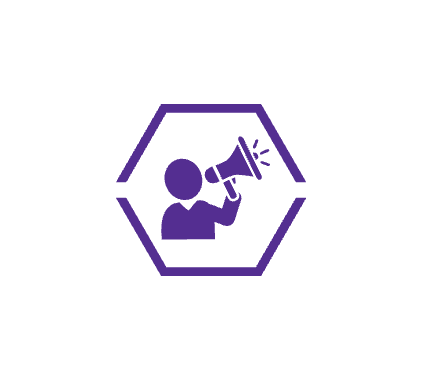A Strategic Framework for Go-To-Market Success

With so many moving parts, setting priorities and developing an effective go-to-market (GTM) strategy can feel daunting. Where do you even begin? What are the key elements you need to address? And how do you get alignment across your organization to successfully execute on your plans? In this post, we’ll walk through a strategic framework to take the fear out of go-to-market planning for software marketers. Follow these steps to streamline your process, align stakeholders, and accelerate time-to-market:
Set the Stage: Define Priorities and Engage Stakeholders
The first critical step is setting the stage for GTM success by clearly defining your priorities and securing stakeholder buy-in. Taking the time up front to do this properly will pay huge dividends as you execute campaigns down the road.
Start by thoroughly assessing available resources and timelines. Do you have sufficient budget and staff allocated to support executing campaigns in the next 6-12 months? Are there firm deadlines, like for a major product launch, that marketing needs to factor into planning?
With a clear understanding of constraints, define your specific goals and target KPIs. Be as precise as possible, whether it’s acquiring 10 new customers in a niche segment or driving a 25% increase in website traffic from SEO. Specificity is key.
Importantly, engage with internal stakeholders early and often as you set goals and priorities. Getting input from groups like Sales, Product, Customer Success, and Corporate Leadership helps align on shared objectives and strategy.
This also allows you to secure stakeholder support to access resources and optimize plans to meet business needs. Bring key players together often to build a strategic marketing and communications roadmap based on their needs and interests.
This early alignment sets the tone for successfully working together moving forward. Make sure stakeholders are bought into priorities and feel heard.
Conduct a Thorough Gap Analysis Across 5 Key Elements
With goals established and stakeholders aligned, conduct a thorough gap analysis to identify strengths, weaknesses, and opportunities across these five essential GTM elements:
- Messaging – What compelling and differentiated value proposition, positioning, and proof points will you communicate to prospects? Is your messaging concise, clear, and consistent?
- Personas – What target customer profiles or segments will you focus go-to-market efforts on reaching? Do you have well-defined personas and understand their motivations?
- Routes to Market – What marketing channels, geographies, market segments, and sales approaches will you prioritize?
- Campaigns – What specific programs and activities will you run to engage prospects across the funnel? Are campaigns aligned to personas and sales cycles?
- Content – What content assets and collateral do you need to execute planned campaigns? Is content tailored to personas and funnel stage?
Taking a deep look at your current state across these 5 elements will reveal crucial gaps and areas for improvement in your GTM strategy. The insights you gain from this analysis allow for data-driven decisions on where to focus.
For example, you may discover a lack of quality middle-of-funnel content to nurture prospects. Or find mismatches between personas and how campaigns are targeted. Identify gaps like these that present the greatest obstacles or opportunities.
Realign on Priorities to Address Gaps
With priority gaps identified through your analysis, realign with stakeholders on plans to address the most pressing needs and opportunities.
Collaborate to build consensus on resourcing, timelines, strategies, and ownership required to close crucial gaps and optimize GTM plans. Being nimble to pivot based on new insights will enable faster time-to-market.
Drive Flawless Marketing Execution
With priorities realigned and gaps addressed, move forward to execute flawless campaigns and programs by:
- Launching campaigns and producing supporting content mapped to personas
- Conducting continual A/B testing to optimize campaign performance
- Closely tracking quantifiable metrics and reporting on outcomes
- Adjusting strategies based on results, learnings, and customer feedback
- Maintaining open communication with stakeholders throughout execution
Getting your messaging, personas, content, campaigns, and routes to market strategically aligned based on the gap analysis will accelerate execution and amplify your GTM impact.
Go-To-Market Success is Within Reach
While developing a winning GTM strategy may feel overwhelming as a software marketer, it doesn’t have to be. Follow these steps to align your organization, optimize plans based on data-driven insights, and drive faster time-to-market.
Leverage this framework to eliminate chaos, maximize resources, and get stakeholders rallied around shared objectives. Vague or disjointed marketing plans will become a thing of the past.
To learn more tips and best practices for go-to-market planning and execution, don’t hesitate to reach out. We’re always happy to help software marketing teams achieve their growth goals.

 Content Marketing
Content Marketing Messaging and Positioning Accelerator
Messaging and Positioning Accelerator Guest Expert Speaker
Guest Expert Speaker Reviews and Testimonials
Reviews and Testimonials Success Stories
Success Stories News, Awards & Recognition
News, Awards & Recognition Blog
Blog Podcast
Podcast